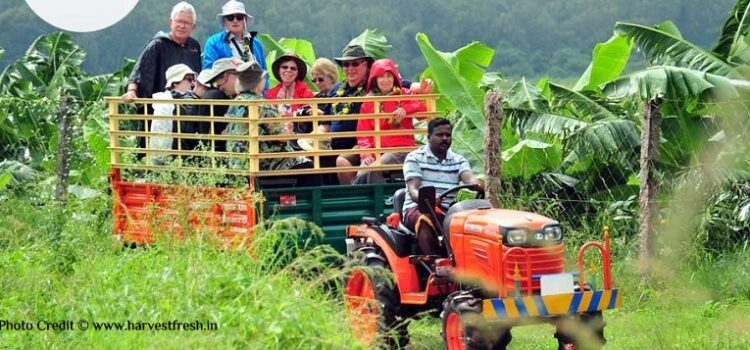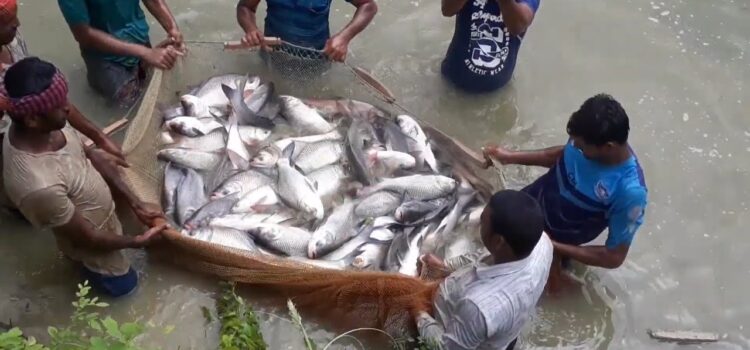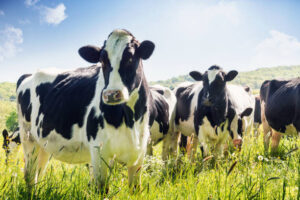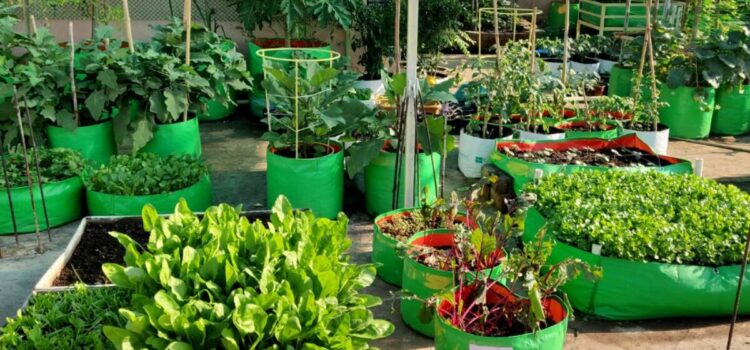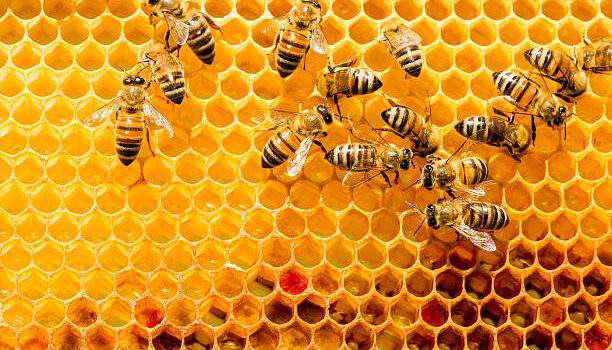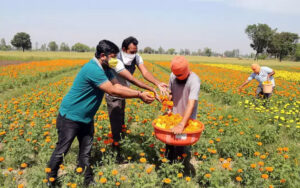Complete Business Idea and setup of Bread Bakery at Home
Starting a bread-making business at home in India can be a rewarding venture. Here’s a step-by-step guide to help you get started:
-
Research and Planning:
- Research the market demand for bread in your local area.
- Identify your target audience, such as households, cafes, restaurants, or grocery stores.
- Analyze the competition and assess what unique selling points you can offer.
-
Legal Requirements:
- Check the local laws and regulations regarding home-based food businesses in your area.
- Obtain necessary licenses and permits, such as a food license and a GST registration if applicable.
- Comply with hygiene and safety standards set by local authorities.
-
Develop Recipes and Test Your Products:
- Experiment with different bread recipes to create a unique product line.
- Conduct taste tests and gather feedback from friends, family, and potential customers.
- Refine your recipes based on feedback and make any necessary adjustments.
-
Procure Equipment and Ingredients:
- Purchase essential baking equipment like an oven, mixing bowls, measuring tools, and baking pans.
- Source high-quality ingredients from trusted suppliers, ensuring they meet food safety standards.
- Consider buying ingredients in bulk to reduce costs.
-
Set Pricing and Packaging:
- Calculate your production costs, including ingredients, packaging, and overheads.
- Determine a competitive and profitable pricing strategy.
- Invest in attractive and hygienic packaging that preserves the freshness of your bread.
-
Establish Distribution Channels:
- Identify the most effective distribution channels based on your target audience.
- For local customers, consider direct sales through a physical store or online platforms.
- Approach local grocery stores, cafes, or restaurants to explore wholesale opportunities.
-
Build Brand Awareness:
- Create a unique brand name, logo, and tagline that resonate with your target market.
- Develop a professional website or social media presence to showcase your products.
- Utilize online marketing tools, such as social media advertising and search engine optimization, to reach a wider audience.
-
Maintain Quality and Consistency:
- Ensure consistent quality by following standardized recipes and production processes.
- Regularly monitor and improve your products based on customer feedback.
- Implement quality control measures to meet food safety standards.
-
Customer Service and Feedback:
- Provide excellent customer service to build a loyal customer base.
- Encourage customers to provide feedback and respond promptly to their queries.
- Use customer feedback to improve your products and services.
-
Scaling Up:
- As your business grows, consider expanding your production capacity and distribution channels.
- Explore partnerships with local businesses or online delivery platforms.
- Hire additional staff if needed to meet the increased demand.
Remember to adapt these steps to comply with the specific regulations and requirements in your area. It’s also advisable to consult with local authorities or a business advisor to ensure you meet all legal obligations.



